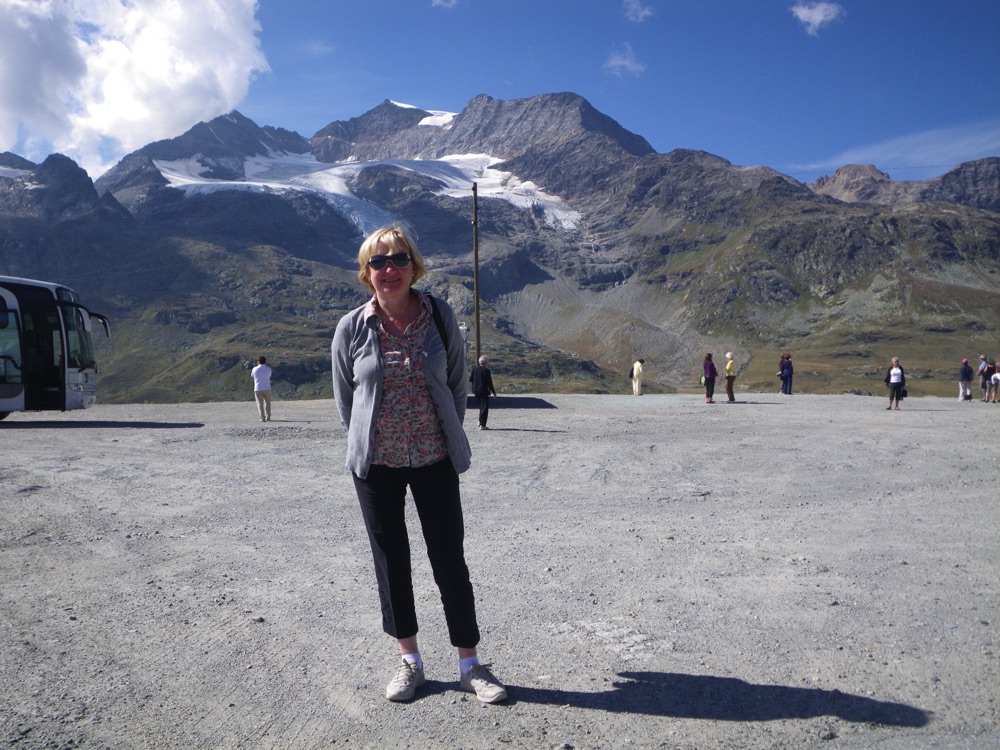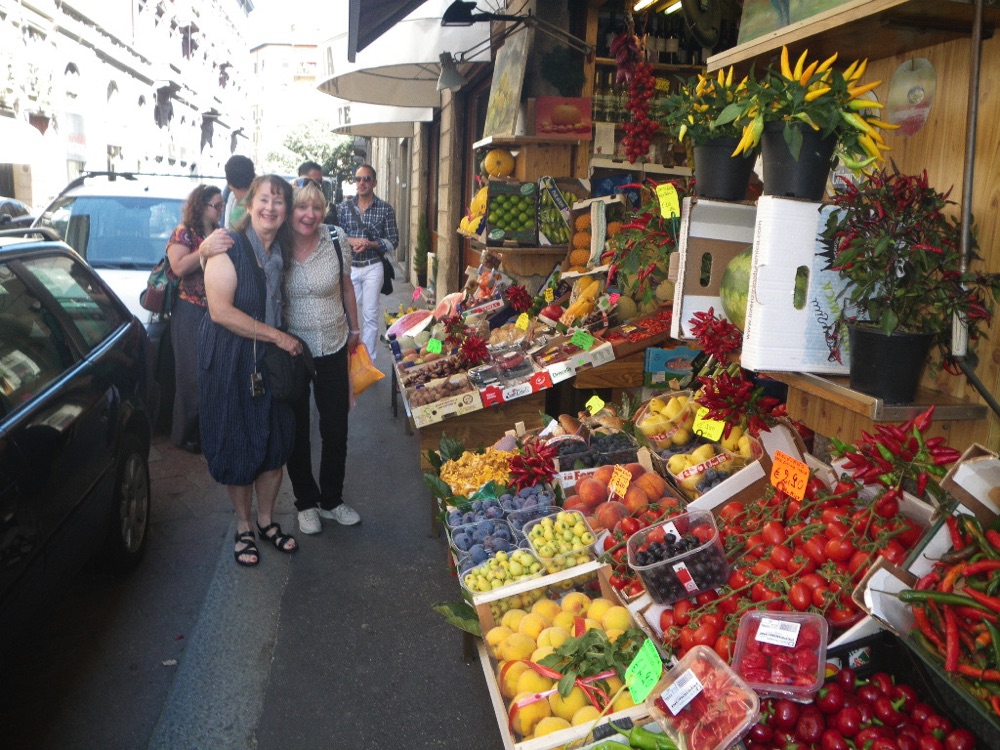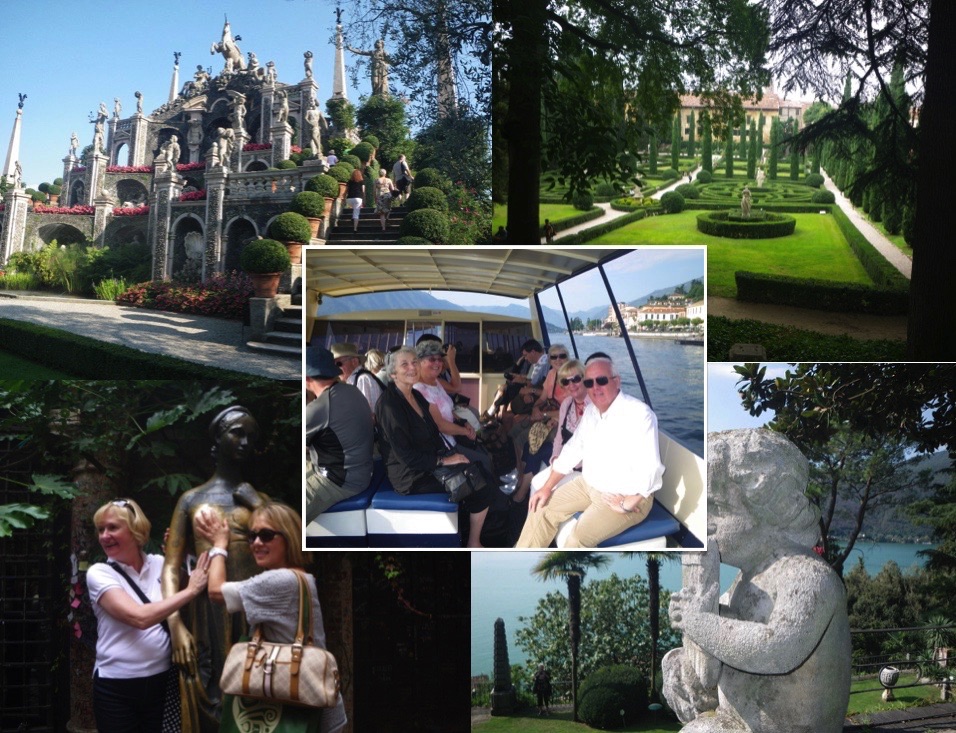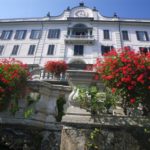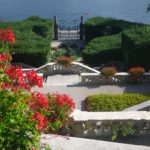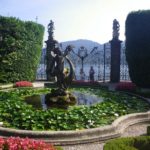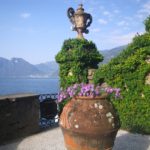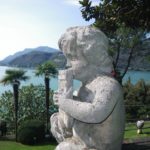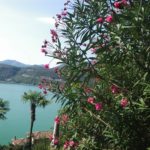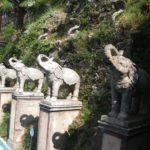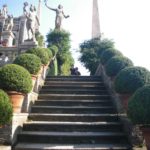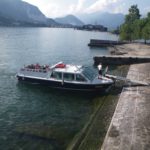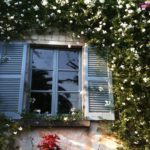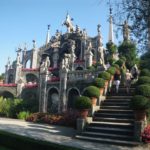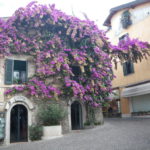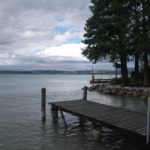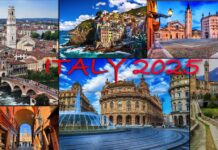After the success of our England West Country Tour and our two back-to-back France/Paris/Loire Tours, it only seemed natural to think about going back to Italy. We love Italy and have never had a bad time there. But which part of Italy to go to? That was the question.
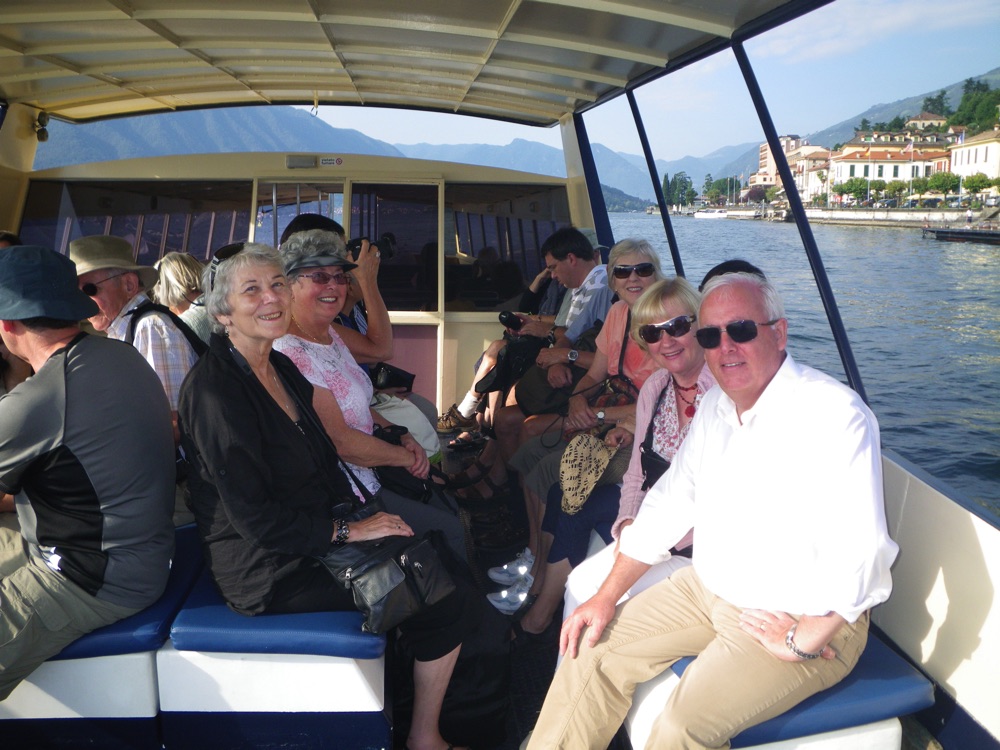
In 2004, Loraine and I had been to Milan and gone north to the Milanese Lakes, mainly to visit Isola Bella on Lake Maggiore. We remembered how beautiful it was and decided a trip to the lakes and perhaps into the Dolomites would be exciting.
In September, 2011, we took a group on a superb 10-day trip to the Italian lake region, starting out in Milan before heading up to lakes Lugano, Como, Garda and Maggiore, after which we headed up to the Dolomites before returning back to Milan via Verona.
Balbianello and Bellaggio
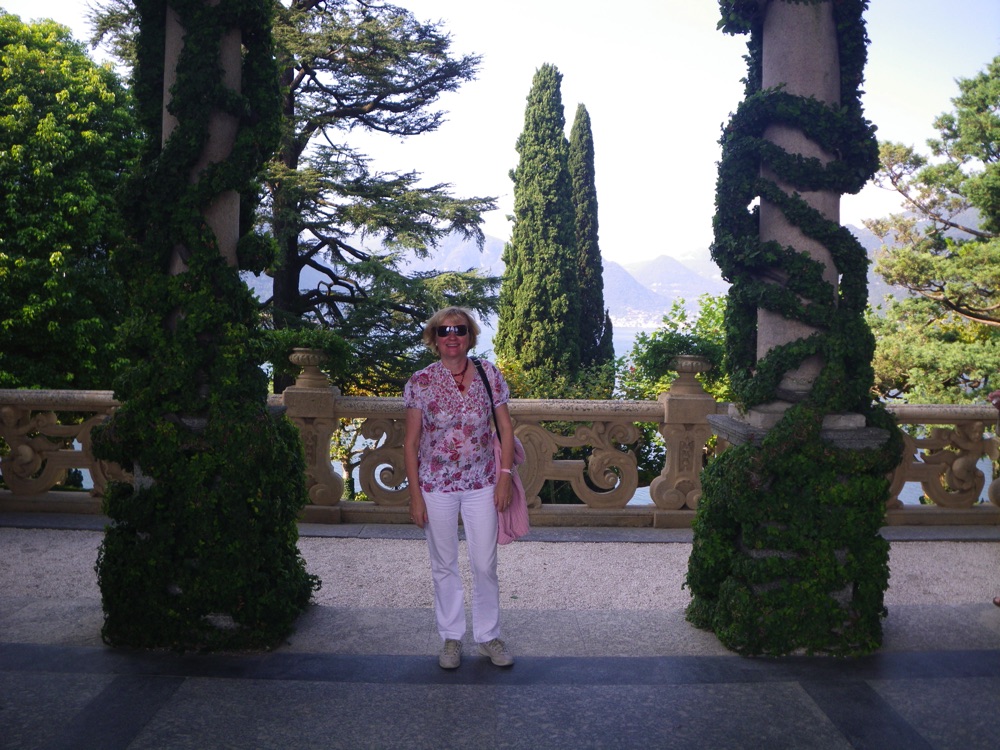
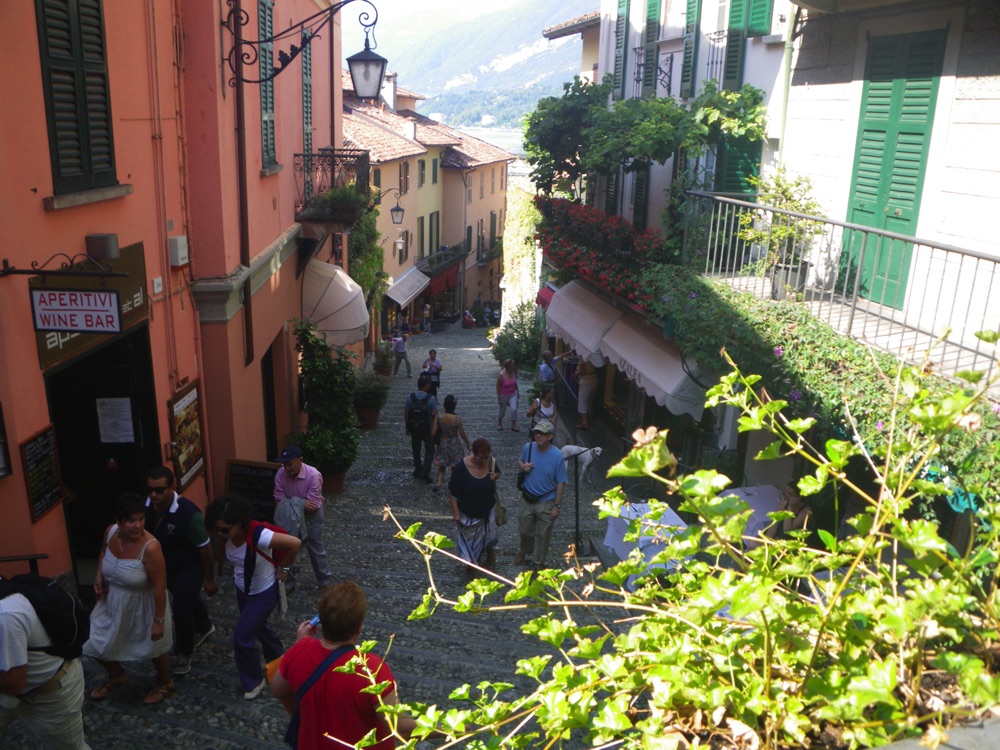
Milan, of course, is always a wonderful place to start any tour. We thoroughly enjoyed visiting the cathedral and the famous Galleria as well as the fashion district plus we also found time to see Leonardo’s Last Supper.
From Milan, we travelled to Lake Como, stayed at at the beautiful lakeside town of Menaggio, from where we visited three fabulous villa properties – Balbianello, Melzi and Carlotta.
Villa Carlotta on Lake Como
If you saw the James Bond movie, Casino Royale, you will have gotten glimpses of the gardens at Villa Balbianello.
It was the location chosen for the final scene where Bond tracks down the illusive Mr. White. It was also the garden and villa featured in scenes from the Star War’s movie Attack of the Clones.
A beautiful formal garden, Balbianello is located on a small wooded peninsula on the western shore of Lake Como and features some very elegant terraces.
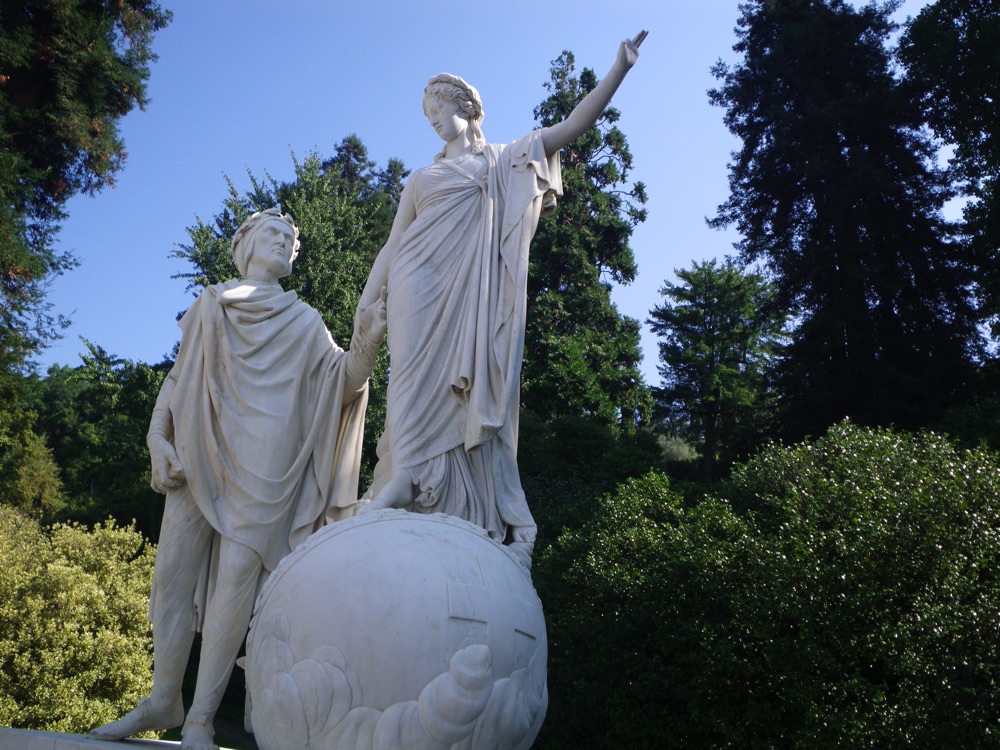
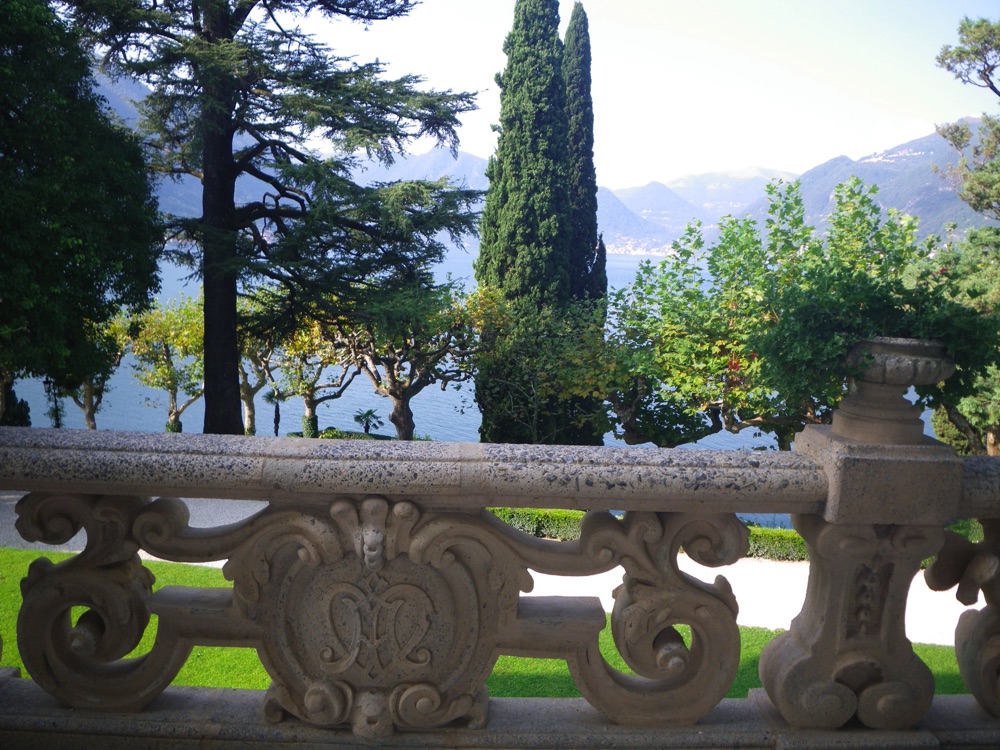
At Villa Carlotta, we saw a lovely garden that dates back to the 1690s and contained a romantic woodland and had terraces with lemon and orange trees in large containers.
On the other side of the lake, at Villa Melzi, on the outskirts of Bellagio, we wandered around the wonderful formal gardens, enjoyed over the centuries by countless aristocrats, politicians and artists, including composer Franz Liszt.
Next, we travelled to Lake Lugano to visit the fantasy landscape of Parco Scherrer, built by textile baron Arthur Scherrer in the 1930s.
Parco Scherrer on Lake Lugano
This turned out to be a stunning, eclectic work, containing a variety of striking features, including Greek temple, Venetian fountain, statues of Greek and Roman gods and heroes, classical Renaissance garden and a Moorish garden inspired by Spain’s Alhambra.
Scherrer designed his garden to impress people with a big, global vision of gardens around the world — it was a celebration of wonders from Egypt to India, Greece to Japan.
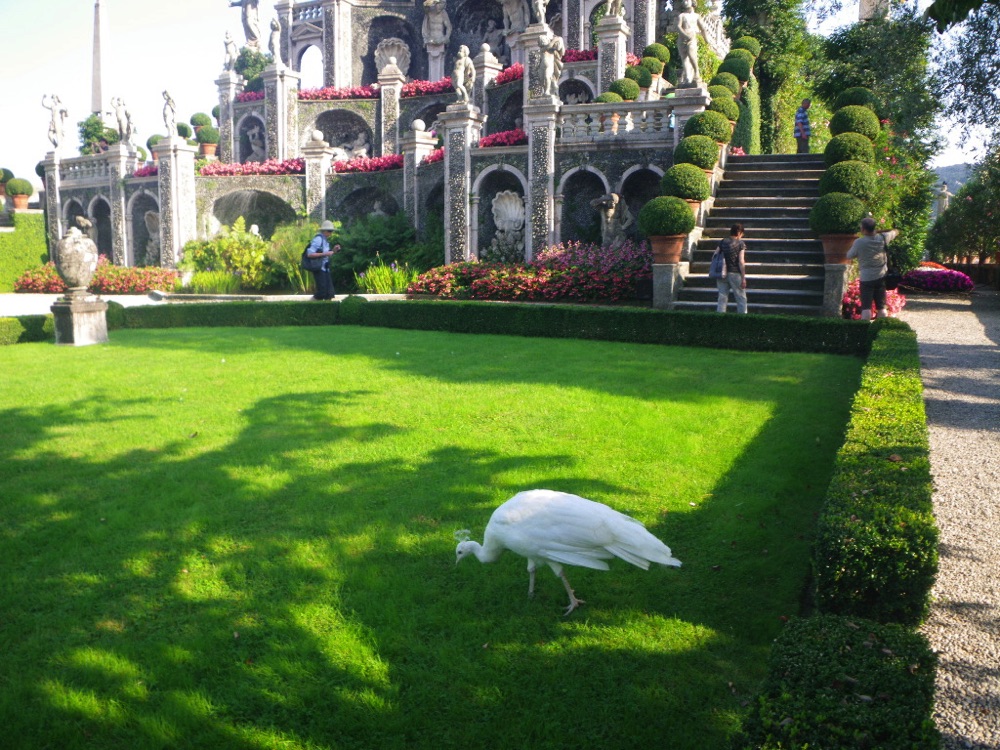
Later, we headed to Lake Maggiore to visit two of my all-time favourite gardens, Isola Bella and Isola Madre, part of what is known as the Borromeo group of islands.
I still remember seeing pictures of Isola Bella and reading about it in one of Penelope Hobhouse’s books years ago and thinking ‘What a wonderful place’ and ‘wouldn’t it be nice to go there’. I never thought I would. Lo and behold, I have been able to see this gardens a few times.
Isola Bella, Isola Madre and Andre Heller garden on Lake Garda
Isola Bella was where Napoleon and Josephine spent time together, looking out from the superb 10 levels of terraces filled with exotic, tender and fragrant flowers and fruiting trees to the gently lapping blue waters of Lake Maggiore.
Located on a craggy rock of an island, Isola Bella was transformed into a garden of delights in the mid-1600s for the Borromeo family and named by Count Carlo III after his wife, Isabella.
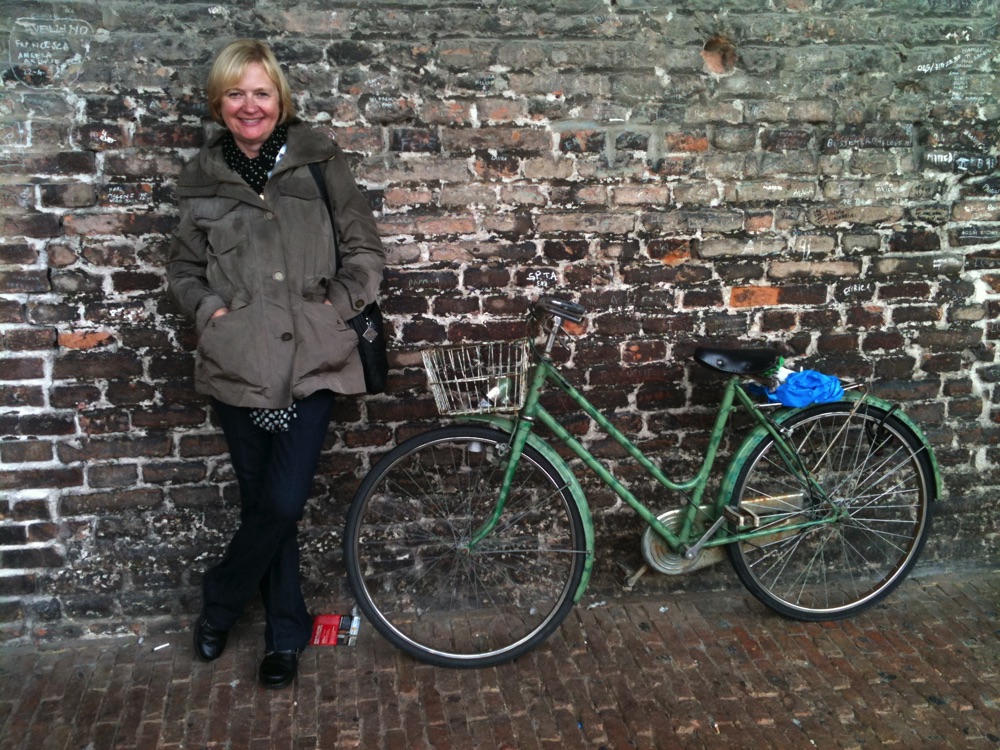
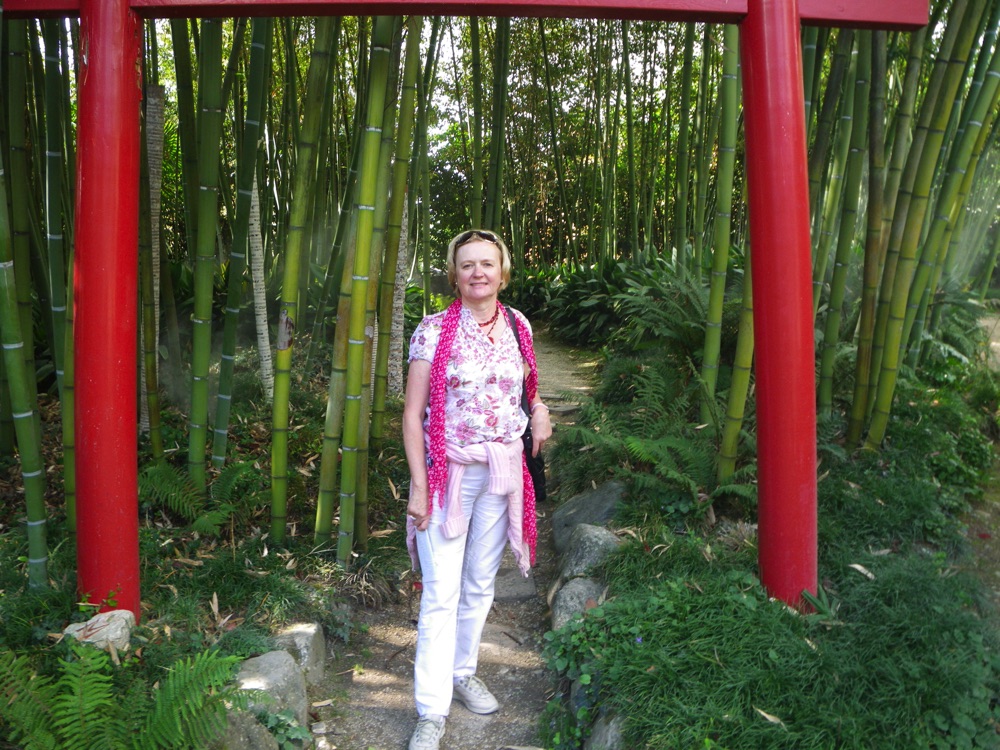
Isola Madre, the sister island, is regarded by some garden critics as the more refined, being less theatrical.
From Lake Como, we travelled to the Dolomites, where we visited Bolzano before heading down to Verona where, of course, everyone got to see Juliet’s balcony. Touching the breast of the Juliet statue was a popular thing to do to make a wish.
Juliet statue in Verona and Giardino Giusti in Verona
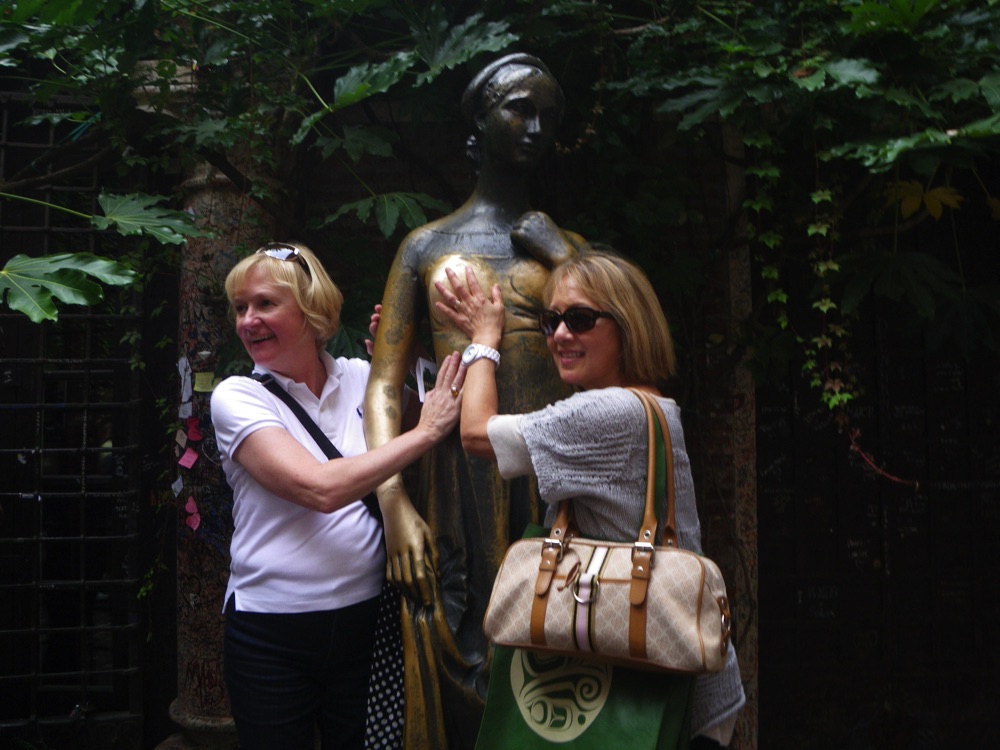
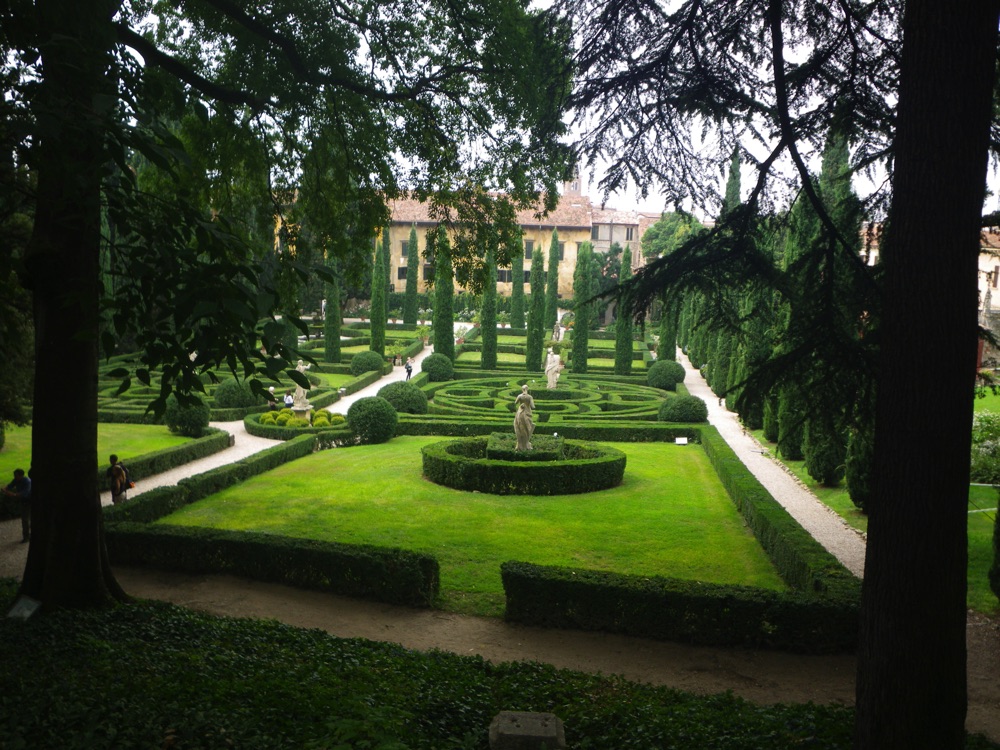
In Verona, we also stopped to see Giardino Giusti, the 16th century garden designed by Count Agostino Giusti. This garden is still considered one of Italy’s most famous gardens and was a must-see show garden on any 18th century Grand European Tour.
We found it is still a charming garden full of grace and beauty with an excellent assortment of features including an elegant avenue of pencil-thin cypresses, dolphin fountain, statues of Minerva and Apollo, grotto carved out of tufa and a maze, believed to be one of the oldest in Europe.

We also found time go to Lake Garda and slip into Andre Heller Botanical Gardens, named after the Austrian artist whose foundation now runs and maintains it.
Started at the turn of the 20th century by dentist and naturalist Arturo Hruska, this delightful botanical garden contained more than 2,000 plants covering a variety of climatic zones.
On Lake Garda, we also went to Sirmione, where the Roman poet Catullus wrote his touching poems, including Hail and Farewell (Ave Atque Vale).
Sirmione on Lake Garda
At the time, I had memorized Tennyson’s Frater, Ave Atque Vale poem and I played a sung version of it for the whole bus.
James Joyce, Ezra Pound, Thomas Hardy and many others have made a cultural pilgrimage to “olive-silvery Sirmio” and I couldn’t wait to do the same.
One of the highlights of this trip – for some people, at least – was when our guide, Gianpaolo, swam naked in the pool at our resort-style hotel in the Dolomites. It was the talking point for a day or two.
